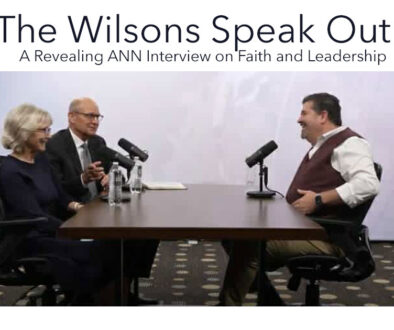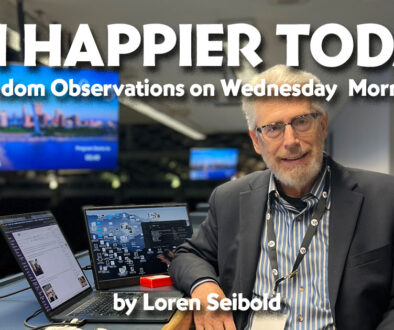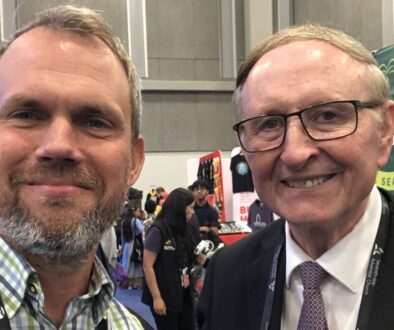Response to News Feature on Beginnings of Adventist Missions in Africa
By Dr. Bruce Campbell Moyer
I am writing in response to Andrew Hanson’s article on the beginnings of Adventist mission work in Africa. I commend Andy for his extensive use of primary sources and for his interest in this subject. I have serious questions regarding his slant on the materials.
Rhodesia and Solusi Mission was the first attempt by Adventists to reach out to a non-Christian people. As Andy readily admits, these people were seriously dedicated and confident and flawed. The reality is that they were very much a product of their times. Anthropology, as a serious area of academic study, was in its infancy. Virtually all western thought (Americans included) subscribed to a Darwinian anthropology assuming that the brightest and best, the highest on the evolutionary scale, were themselves. All other peoples ranged downward on the social, intellectual, industrial, etc. scale. Advancement was in the direction of western society. Mission service, in its crass terms, was “the white man’s burden”. Racism was endemic to the conventional wisdom. These early missionaries saw nothing of any value in African culture and considered it something to be wiped out and replaced by the obviously superior western culture.
One of the most successful assignments, while I taught at Solusi University, grew out of a reading of a western text that referred to ‘the primitive cultures of savage Africa.’ My students were, understandably, very unhappy about the text. When I asked them to unpack the terms, they defined ‘primitive’ as preliterate. When I asked what ‘culture’ was, they replied, “the West.” I then required a serious paper from each of them about their own culture. This was the first time anyone had suggested that they had a serious, viable and valuable culture. This was conscientization, [a Portuguese phase phrase suggesting ‘consciousness raising’] at its earliest stage.
Only on the academic levels were serious attempts being made to understand other non-western cultures, and this had not trickled down to the missionary or practical level. Contextualization, now almost universally accepted, had not even been a glint in any academic eyes. That had to wait another century.
As indicated, I served in this part of the world during the early 1970s. The work of the Adventist Church in Rhodesia (now Zimbabwe) was controlled by South Africa and Rhodesia itself was virtually a fifth province of the Republic of South Africa (RSA) and part of its meta-story of apartheid and racial superiority. I was told by white South Africans, ‘you will never understand the Africans’. When I left, I was asked by my African friends, ‘who will now understand us?’
Yes, the beginning of our mission work was rough and ill-equipped by today’s standards. But today’s standards did not exist in the late 1800s. There was no serious preparation for mission service as there is today, and which must still struggle against western ethnocentricity. Yet credit must be given to people who braved serious sickness, death and hostility and a large unknown to establish schools and clinics upon which our present work is built. In spite of the challenges brought on by the lack (read, non-existence) of proper training and cultural biases, these missionaries accomplished a great deal. I have had the privilege to work alongside many of these people and I have learned from them. Imperfect? Yes, definitely so. But so are we still. Andy Hanson does well to resurrect these early pioneers, but he could do so more kindly.
Moyer is an emeritus professor of world mission at Andrews University and retired staff member at the Mission Institute.



